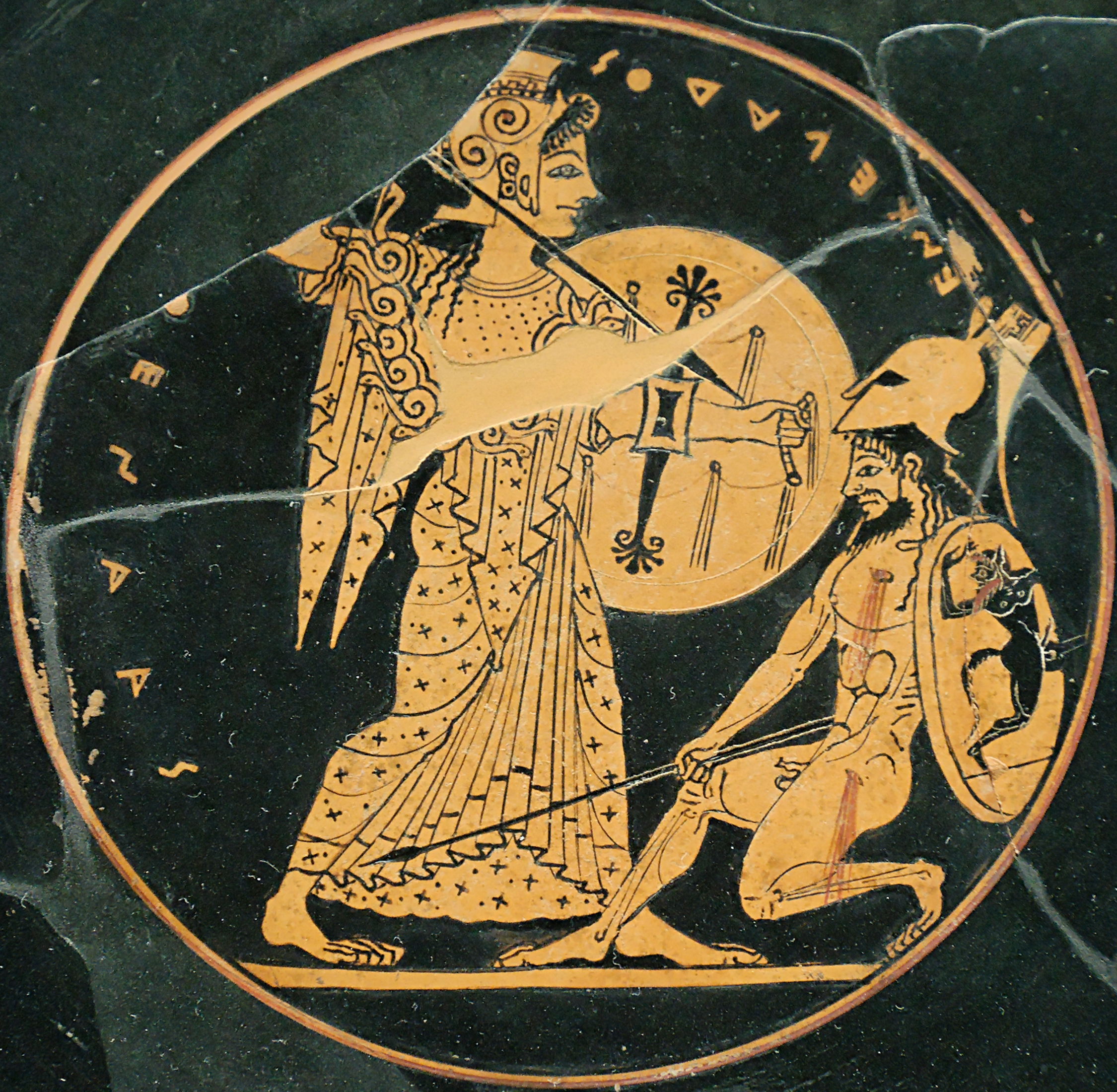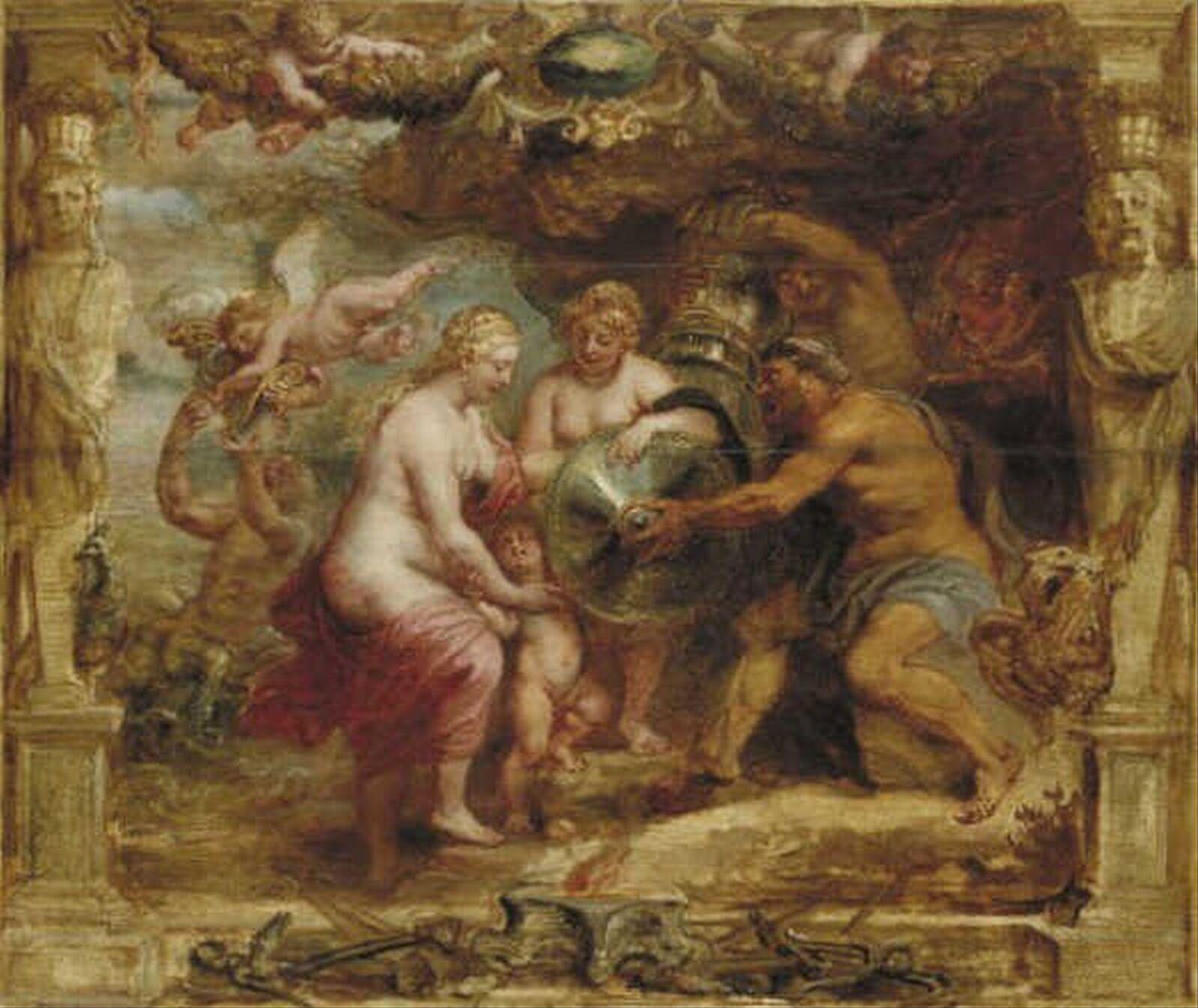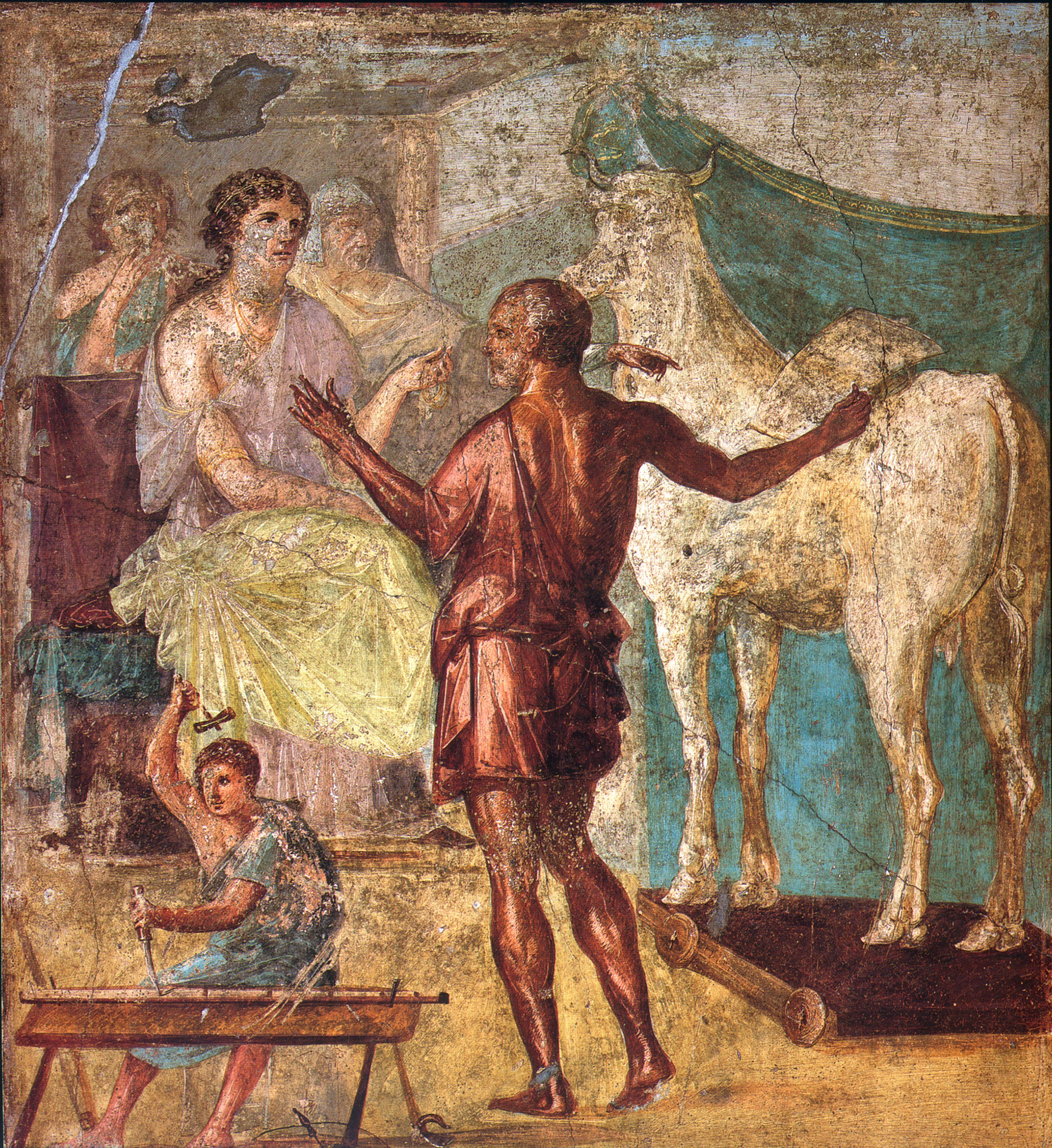 |
Automaton
An automaton (; : automata or automatons) is a relatively self-operating machine, or control mechanism designed to automatically follow a sequence of operations, or respond to predetermined instructions. Some automata, such as bellstrikers in mechanical clocks, are designed to give the illusion to the casual observer that they are operating under their own power or will, like a mechanical robot. The term has long been commonly associated with automated puppets that resemble moving humans or animals, built to impress and/or to entertain people. Animatronics are a modern type of automata with electronics, often used for the portrayal of characters or creatures in films and in theme park attractions. Etymology The word ' is the latinization of the Ancient Greek (), which means "acting of one's own will". It was first used by Homer to describe an automatic door opening, or automatic movement of wheeled tripods. It is more often used to describe non-electronic moving machines, e ... [...More Info...] [...Related Items...] OR: [Wikipedia] [Google] [Baidu] |
 |
Animatronics
An animatronic is a puppet controlled electronically to move in a fluent way. Animatronics are the modern adaptation of the automaton and are often used for the portrayal of characters in films, video games and in theme park attractions. Animatronics are a multidisciplinary field integrating puppetry, anatomy and mechatronics. Animatronic figures can be implemented with both computer and human control, including teleoperation. Motion actuators are often used to imitate muscle movements and create realistic motions. Figures are usually encased in body shells and flexible skins made of hard or soft plastic materials and finished with colors, hair, feathers and other components to make them more lifelike. Animatronics stem from a long tradition of mechanical Automaton, automata powered by hydraulics, pneumatics and clockwork. Before the term "animatronics" became common, they were usually referred to as "robots". Since then, robots have become known as more practical programmable ... [...More Info...] [...Related Items...] OR: [Wikipedia] [Google] [Baidu] |
|
Machine
A machine is a physical system that uses power to apply forces and control movement to perform an action. The term is commonly applied to artificial devices, such as those employing engines or motors, but also to natural biological macromolecules, such as molecular machines. Machines can be driven by animals and people, by natural forces such as wind and water, and by chemical, thermal, or electrical power, and include a system of mechanisms that shape the actuator input to achieve a specific application of output forces and movement. They can also include computers and sensors that monitor performance and plan movement, often called mechanical systems. Renaissance natural philosophers identified six simple machines which were the elementary devices that put a load into motion, and calculated the ratio of output force to input force, known today as mechanical advantage. Modern machines are complex systems that consist of structural elements, mechanisms and contr ... [...More Info...] [...Related Items...] OR: [Wikipedia] [Google] [Baidu] |
|
 |
Cuckoo Clock
A cuckoo clock is a type of clock, typically pendulum clock, pendulum driven, that striking clock, strikes the hours with a sound like a common cuckoo call and has an automated cuckoo bird that moves with each note. Some move their wings and open and close their beaks while leaning forwards, whereas others have only the bird's body leaning forward. The mechanism to produce the cuckoo call has been in use since the middle of the 18th century and has remained almost without variation. It is unknown who invented the cuckoo clock and where the first one was made. It is thought that much of its development and evolution was made in the Black Forest area in southwestern Germany (in the modern state of Baden-Württemberg), the region where the cuckoo clock was popularized and from where it was exported to the rest of the world, becoming world-famous from the mid-1850s on. Today, the cuckoo clock is one of the favourite souvenirs of travellers in Germany, Switzerland, Austria and Eastern ... [...More Info...] [...Related Items...] OR: [Wikipedia] [Google] [Baidu] |
 |
Clock
A clock or chronometer is a device that measures and displays time. The clock is one of the oldest Invention, human inventions, meeting the need to measure intervals of time shorter than the natural units such as the day, the lunar month, and the year. Devices operating on several physical processes have been used over the Millennium, millennia. Some predecessors to the modern clock may be considered "clocks" that are based on movement in nature: A sundial shows the time by displaying the position of a shadow on a flat surface. There is a range of duration timers, a well-known example being the hourglass. Water clocks, along with sundials, are possibly the oldest time-measuring instruments. A major advance occurred with the invention of the verge escapement, which made possible the first mechanical clocks around 1300 in Europe, which kept time with oscillating timekeepers like balance wheels., pp. 103–104., p. 31. Traditionally, in horology (the study of timekeeping), the ... [...More Info...] [...Related Items...] OR: [Wikipedia] [Google] [Baidu] |
 |
List Of Greek Mythological Creatures
A host of legendary creatures, animals, and mythic humanoids occur in ancient Greek mythology. Anything related to mythology is mythological. A mythological creature (also mythical or fictional entity) is a type of fictional entity, typically a hybrid, that has not been proven and that is described in folklore (including myths and legends), but may be featured in historical accounts before modernity. Something mythological can also be described as mythic, mythical, or mythologic. Mythological creatures * Aeternae: creatures with bony, saw-toothed protuberances sprouting from their heads. * Amphisbaena: a serpent with a head at each end. * Arae: female demons of curses, called forth from the underworld. * Basilisk: a snake that kills anyone who lays eyes on it. * Catoblepas: a buffalo-like creature with shaggy fur, large horns, and a heavy head whose toxic breath or ugly looks could kill. * Centaur and Centauride: creatures with a head and the torso of a human, and the body of a ... [...More Info...] [...Related Items...] OR: [Wikipedia] [Google] [Baidu] |
 |
Automation
Automation describes a wide range of technologies that reduce human intervention in processes, mainly by predetermining decision criteria, subprocess relationships, and related actions, as well as embodying those predeterminations in machines. Automation has been achieved by various means including Mechanical system, mechanical, hydraulic, pneumatic, electrical, electronic devices, and computers, usually in combination. Complicated systems, such as modern Factory, factories, airplanes, and ships typically use combinations of all of these techniques. The benefit of automation includes labor savings, reducing waste, savings in electricity costs, savings in material costs, and improvements to quality, accuracy, and precision. Automation includes the use of various equipment and control systems such as machinery, processes in factories, boilers, and heat-treating ovens, switching on telephone networks, steering, Stabilizer (ship), stabilization of ships, aircraft and other applic ... [...More Info...] [...Related Items...] OR: [Wikipedia] [Google] [Baidu] |
 |
Hephaestus
Hephaestus ( , ; wikt:Hephaestus#Alternative forms, eight spellings; ) is the Greek god of artisans, blacksmiths, carpenters, craftsmen, fire, metallurgy, metalworking, sculpture and volcanoes.Walter Burkert, ''Greek Religion'' 1985: III.2.ii; see coverage of Lemnos-based traditions and legends at Lemnos, Mythic Lemnos In Greek mythology, Hephaestus was the son of Hera, either on her own or by her husband Zeus. He was cast off Mount Olympus by his mother Hera because of his lameness, the result of a congenital impairment; or in another account, by Zeus for protecting Hera from his advances (in which case his lameness would have been the result of his fall rather than the reason for it). As a smithing god, Hephaestus made all the weapons of the gods in Olympus. He served as the blacksmith of the gods, and was worshipped in the manufacturing and industrial centres of Greece, particularly Athens. The cult of Hephaestus was based in Lemnos. Hephaestus's symbols are a smith's ham ... [...More Info...] [...Related Items...] OR: [Wikipedia] [Google] [Baidu] |
|
Jacquemart (bellstriker)
A jacquemart (sometimes jaquemart and also called a quarter-jack) is an automaton, an animated, mechanised figure of a person, usually made from wood or metal, which strikes the hours on a bell with a hammer. Jacquemarts are usually part of clocks or clocktowers, and are often near or at the top of the construction. The figurine is also known as Jack of the Clock or Jack o'Clock. One of the oldest and best-known jacquemarts is found on the south tower of the cathedral Church of Notre Dame of Dijon: it was installed by Philippe II of Burgundy in 1383. Other well-known historic jacquemarts are found on top of the Zytglogge tower in Bern, Switzerland and the Moors on the Torre dell'Orlogio di San Marco in Venice, Italy. The word is originally French but is sometimes used in English as well. The origin of the word is disputed, but one theory relates it to a tool called a 'jacke', used by the craftsmen building church towers, the steeplejacks. In the South-West, the only ... [...More Info...] [...Related Items...] OR: [Wikipedia] [Google] [Baidu] |
|
 |
Hellenistic Civilization
In classical antiquity, the Hellenistic period covers the time in Greek history after Classical Greece, between the death of Alexander the Great in 323 BC and the death of Cleopatra VII in 30 BC, which was followed by the ascendancy of the Roman Empire, as signified by the Battle of Actium in 31 BC and the Roman conquest of Ptolemaic Egypt the following year, which eliminated the last major Hellenistic kingdom. Its name stems from the Ancient Greek word ''Hellas'' (, ''Hellás''), which was gradually recognized as the name for Greece, from which the modern historiographical term ''Hellenistic'' was derived. The term "Hellenistic" is to be distinguished from "Hellenic" in that the latter refers to Greece itself, while the former encompasses all the ancient territories of the period that had come under significant Greek influence, particularly the Hellenized Middle East, after the conquests of Alexander the Great. After the Macedonian conquest of the Achaemenid Empire in 3 ... [...More Info...] [...Related Items...] OR: [Wikipedia] [Google] [Baidu] |
 |
Prototype
A prototype is an early sample, model, or release of a product built to test a concept or process. It is a term used in a variety of contexts, including semantics, design, electronics, and Software prototyping, software programming. A prototype is generally used to evaluate a new design to enhance precision by system analysts and users. Prototyping serves to provide specifications for a real, working system rather than a theoretical one. Physical prototyping has a long history, and paper prototyping and virtual prototyping now extensively complement it. In some design workflow models, creating a prototype (a process sometimes called materialization) is the step between the Formal specification, formalization and the evaluation of an idea. A prototype can also mean a typical example of something such as in the use of the derivation prototypical. This is a useful term in identifying objects, behaviours and concepts which are considered the accepted norm and is analogous with terms ... [...More Info...] [...Related Items...] OR: [Wikipedia] [Google] [Baidu] |
 |
Mercury (element)
Mercury is a chemical element; it has Symbol (chemistry), symbol Hg and atomic number 80. It is commonly known as quicksilver. A Heavy metal element, heavy, silvery d-block element, mercury is the only metallic element that is known to be liquid at standard temperature and pressure; the only other element that is liquid under these conditions is the halogen bromine, though metals such as caesium, gallium, and rubidium melt just above room temperature. Mercury occurs in deposits throughout the world mostly as cinnabar (mercuric sulfide). The red pigment vermilion is obtained by Mill (grinding), grinding natural cinnabar or synthetic mercuric sulfide. Exposure to mercury and mercury-containing organic compounds is toxic to the nervous system, immune system and kidneys of humans and other animals; mercury poisoning can result from exposure to water-soluble forms of mercury (such as mercuric chloride or methylmercury) either directly or through mechanisms of biomagnification. Mercu ... [...More Info...] [...Related Items...] OR: [Wikipedia] [Google] [Baidu] |
 |
Daedalus
In Greek mythology, Daedalus (, ; Greek language, Greek: Δαίδαλος; Latin language, Latin: ''Daedalus''; Etruscan language, Etruscan: ''Taitale'') was a skillful architect and craftsman, seen as a symbol of wisdom, knowledge and power. He is the father of Icarus, the uncle of Perdix (mythology), Perdix, and possibly also the father of Iapyx. Among his most famous creations are the wooden cow for Pasiphaë, the Labyrinth for King Minos of Crete which imprisoned the Minotaur, and wings that he and his son Icarus used to attempt to escape Crete. It was during this escape that Icarus did not heed his father's warnings and flew too close to the sun; the wax holding his wings together melted and Icarus fell to his death. Epigraphic evidence The name ''Daidalos'' seems to be attested in Linear B, a writing system used to record Mycenaean Greek. The name appears in the form ''da-da-re-jo-de'', possibly referring to a sanctuary. Family Daedalus's parentage was supplied as a later ... [...More Info...] [...Related Items...] OR: [Wikipedia] [Google] [Baidu] |